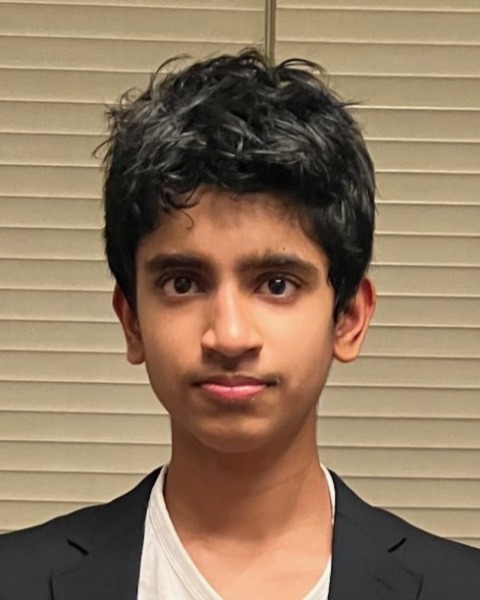Poster Presentation
Social Justice and Health Equity
Thursday Poster Power Hour
THURS-025 - Impact of Age and English Proficiency on Adoption of Ehealth Apps in Vulnerable Hospitalized Patients
Thursday, April 17, 2025
11:45 AM - 12:45 PM PST
Location: Pacific I/II, 2nd Floor
Area of Responsibility: Area IV: Evaluation and Research
Subcompetencies: 4.2.8 Adopt, adapt, and/or develop instruments for collecting data., 4.4.5 Identify implications for practice.
Research or Practice: Research
Subcompetencies: 4.2.8 Adopt, adapt, and/or develop instruments for collecting data., 4.4.5 Identify implications for practice.
Research or Practice: Research

Ayaan Seshadri, None (he/him/his)
Research Intern
Mt. Sinai Morningside Hospital, New York, NY
New York, New York, United States
Poster Presenter(s)
Learning Objectives:
At the end of this session, participants will be able to:
- Demonstrate that while eHealth apps provide immense medical convenience to many, hospitalized patients awaiting discharge, particularly our seniors, struggle to incorporate as apps in their lives.
- Discuss that over-accelerated digitization of healthcare access disservices the very generation that needs healthcare the most. No progressive society should leave behind its most vulnerable members.
- Desribes a way forward, using motivational-interviews, and nurturing, patient-centric eHealth-education, to help hospitalized patients, particularly hospitalized seniors, integrate basic technology in their lives for their own medical benefit.
Detailed abstract description:
Background: Healthcare access is rapidly digitizing. Smartphone based applications (apps) are likely the future of medicine. Across major hospital systems, today it is possible to download that hospital’s app to one’s phone, make appointments, see laboratory results, and order medication. It is even possible to get “treated” by one’s doctor through these apps’ e-consultation features.
Yet, United States government data (HealthIT.gov) shows that 21% of America never accesses health apps. Even more paradoxical is the observation that hospitalized patients awaiting discharge, who are most likely to benefit from receiving their continued care in the comfort of their homes using their hospitals' eHealth app, frequently turn it down. What could be the reason for people to reject such medical convenience?
Our research assesses the overall receptivity, and the impact of age and English proficiency (as independent variables) on the adoption of the MyMountSinai (MMS) app in a very vulnerable population of hospitalized inpatients at the Mt. Sinai Morningside Hospital in New York City.
Methods: This work studies the factors that influenced the decision-making process of N=100 convalescent inpatients at a New York City hospital as to whether they’d sign up for MMS or not. Given the frailty of our patient population, a very objective and rigid interview-based approach was deemed not to be appropriate. Building a bond was far more important than just asking questions and receiving answers. Through elaborate and often very personal conversations with our subjects, the researchers eventually wove in the topic of the MMS app. While many patients turned down any mention of digital health, patients who wanted to learn about MMS were extensively educated on the benefits of MMS. Thereafter, success is measured by this patient’s willingness to download the app immediately.
Results: A promising initial MMS “education” rate of 56% but a low final app-adoption rate of 21.4% was observed in our cohort of hospitalized patients. Given the acuteness of their medical condition MMS-adoption in this population was a complex multifactorial decision. Yet our data demonstrates that age ≥65 years is a reliable negative determinant of receptivity to eHealth (Pearson’s coefficient -0.406) and contributed to ~17% of this decision (r-squared analysis 0.166). Surprisingly, English proficiency played no part in app-adoption rates (Pearson’s coefficient 0.006; r2 = 1.3 x 10-5). Qualitatively, heart-wrenching patient verbatims collected illustrate the roadblocks to digitization that seniors face daily.
WHAT's IN IT FOR THE ATTENDEE: Our data and patient verbatims demonstrate how overzealous adoption of digital eHealth disservices our seniors, the very population that needs medical care the most. We urge hospitals globally to not do away with the good old “paper and pencil” just yet; every one of us knows someone who still needs it.
